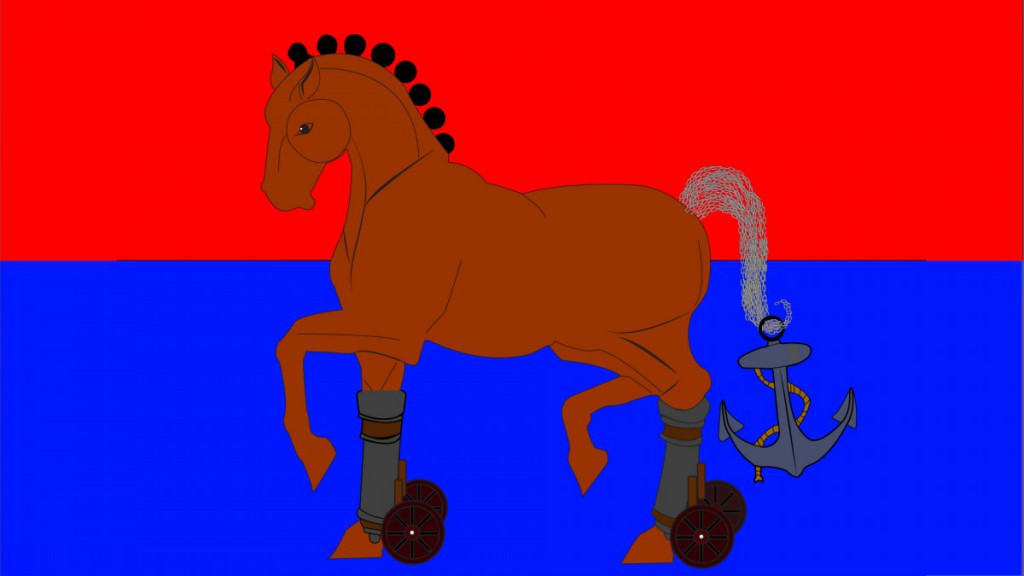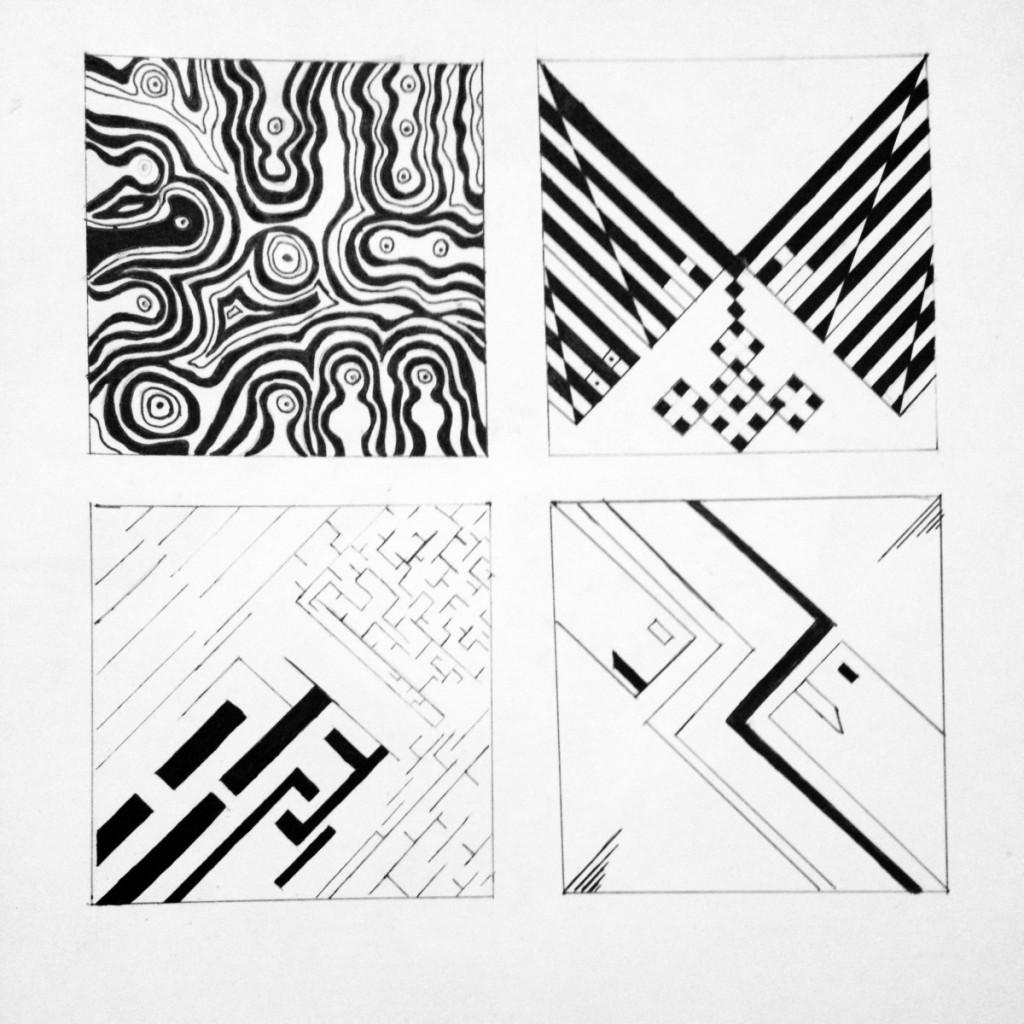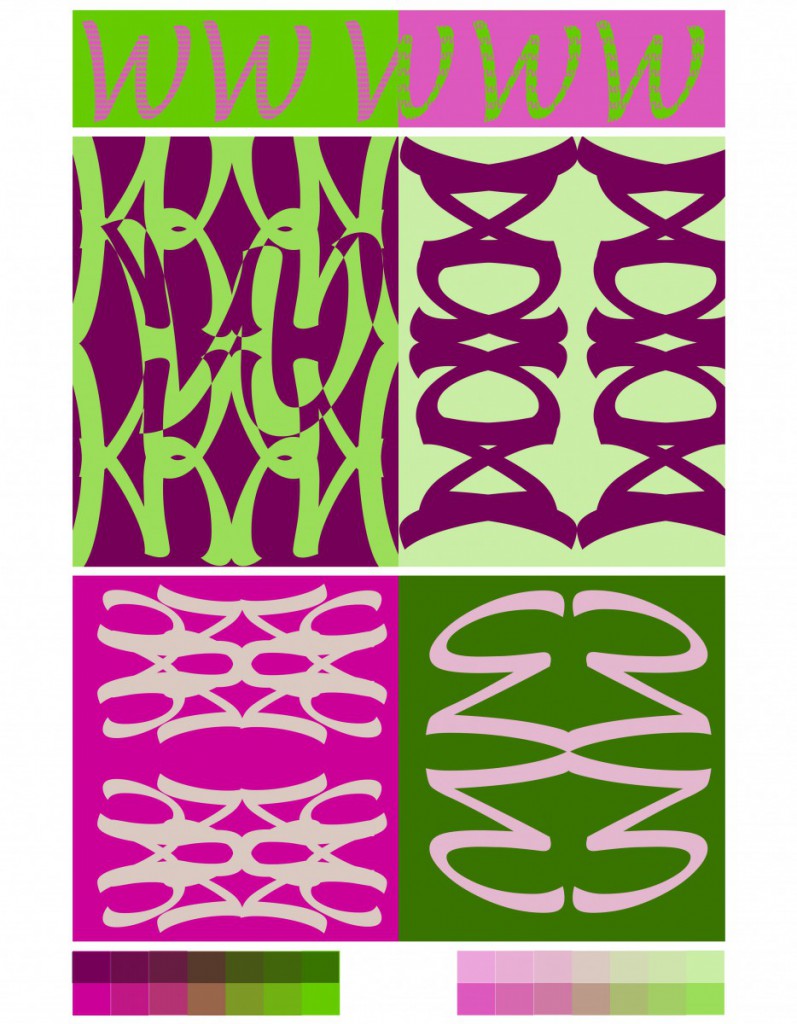As a Haitian in an American body, truth be told, the connection with my Haitian side is weak. For that reason, being able to understand why the Haitian flag hues are red and blue, that’s a story I can’t tell. Based off of history, those hues stand for union. For now, I reveal my experience of being a Haitian in a personal flag called The Power of A House. The goal of this assignment was to reveal our interest, religious, and our personalities.
The process of creating this image was not a simple task. After a sketch of the horse, it was imported into illustrator to being giving it its organic lines. By using a rectangle (tetradic) color scheme, which were blue, red, orange, and green, it created a good balance between warm and cool colors in the design. The red stands for passion, joy, love, and action and as the blue stand for trust, loyalty, wisdom, and the sea. Each shape placed on the horse represents something. Starting from the infused legs, add canon to the leg represents speed. As a track runner, being as fast as a ball fired from a canon was very importance. The hairs on the horse are the balls for the canon. The balls on its head reveal the ability to ignore pain.
The patterns of the chains are a representation of past successes and failures. Those broken chain seen on some parts of the horsetail are failures, which occur due to the weight of the anchor or stress. However, the weight of the anchor never prevented me from moving forward. According to Deuteronomy 17:16, it says “The king, moreover, must not acquire great numbers of horses for himself.” In this text, the horses are viewed as strength, a trusting in flesh reliable.
After completing this assignment, I gained a lot of knowledge about using organic lines of the horse. By using a great number of chains on the horse’s tail, it gave a sense of depth and fullness’. Although, the image is not symmetrical balance, the weight of the anchor allows for an asymmetrical balance.






